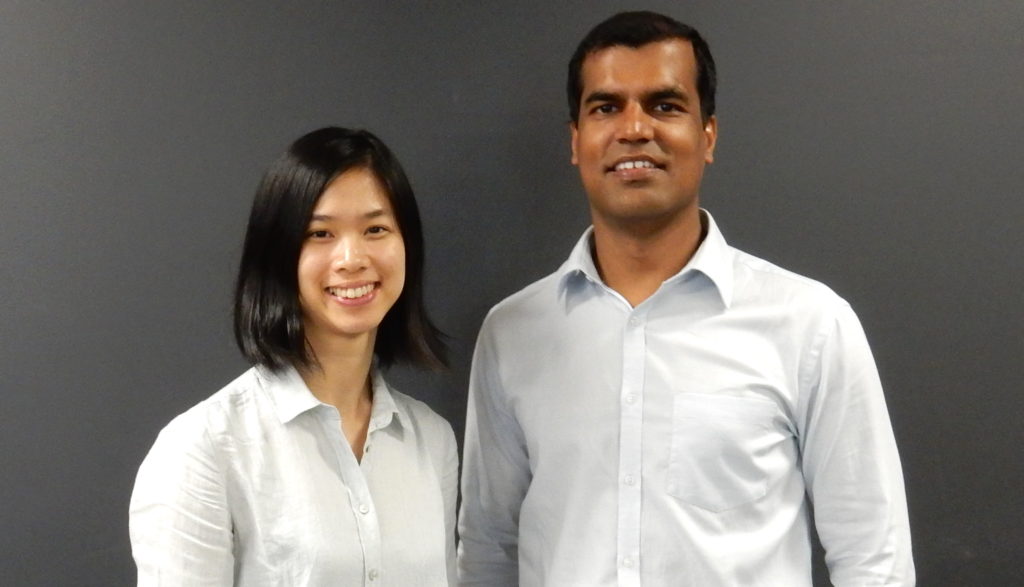Anomotion has set out to fundamentally improve user experience in virtual worlds. Their animation system, Motion Composer™, automates the production of life-like character motion, eliminating time-intensive, complex, and costly manual engineering required by gaming and virtual reality (VR) studios today.
“Listen to your customers, know them in and out,” Shailen Agrawal, CEO/CTO, Anomotion
Gamers today expect hyper-realistic characters. Currently, producing motion can take a team of over 10-50 people, working for months to laboriously detail each character’s ability to emulate natural movement. While graphics are now approaching life-like rendering, the motion created for gaming still has significant ground to cover.
Motion Composer™ greatly simplifies engineers ’and artists’ workflows, allowing them to iterate quickly with better looking results, while reducing production time and costs by 50%.The additional benefits? Studios can go to market faster and with more games per year, while reinvesting their time and budget to improve the overall quality of the games. It also creates a competitive advantage by offering studios a more cost-effective means to compete.
Applications for VR, games, film and corporations
Compared to build-from-scratch in-house solutions used by mid-sized companies, Motion Composer™ is battle tested and generates consistent, predictable results. Their AI technology also allows for greater flexibility in creating diverse motions and training simulations, with greater ease to customize.
While the application is currently targeted to games, be it on flat screens or in virtual reality (VR), further possibilities exist for training simulation and film. For example, Anomotion can create training simulations in VR to reduce costs, injury and risks for professions involving potential safety hazards.
“We are seeing great potential in the VR space for our technology to be applied,” comments Shailen. “In VR, everything is in real-life sizes, unlike a screen. If the motion is not accurate, that really throws the user off.”
“Many new companies are learning and gathering their resources to understand how to build motion–we can help them do that, speed up their processes, and help them deliver an incredible user experience,” he says.
Innovation driven through research
Anomotion was formed after Shailen graduated from his PhD in February, 2016. His experience working on Microsoft’s Virtual Earth product, plus postdoctoral work in character simulation further prepared him for building his own startup. Rounding out the venture with newly hired engineers, Anomotion’s team has quickly grown to five.
Shailen is quick to point out that UBC has been instrumental in their success: like many startups, going through an accelerator program has helped define Anomotion’s trajectory.
“e@UBC has been really instrumental in our success and current traction,” Shailen comments. “They’ve improved our ability to navigate the corporate setup and customer relationships. They have brought customer-first thinking into everything we do–it is our driving force for development.”
“That said, you can’t always adopt everything your customer asks–you have to look ahead, to incorporate their needs to sustain in a longer run. We’ve learned to focus– we’re developing meaningful features over a limited time frame, to create a sustainable and solid product.”
Aside from acquiring their first customer, which came through while presenting at the venture builder program at e@UBC (and was announced to a thundering room full of applause), one of Anomotion’s proudest accomplishments has been to secure grant funding through Industrial Research Assistance Program (IRAP) from National Research Council Canada. The cash flow has helped them to recruit and hire in-demand, senior software developers from the Bay area, which will help them to deliver a new product release in late fall.
About Anomotion

Shailen Agrawal (CEO/CTO) received his Ph.D. from UBC. After building his technology and presenting his prototype at SIGGRAPH 2016, Shailen launched Anomotion to commercialize the technology as Motion Composer. His publications have won the best paper award and best-paper honorable mention.
Vanessa Kong (Director of Operations) received her M.A. in Communication from SFU and has working experience at a market research firm. Vanessa brings her market research and project management skills to bear, helping Anomotion reach customers and delivering every project on time within budget and scope.


